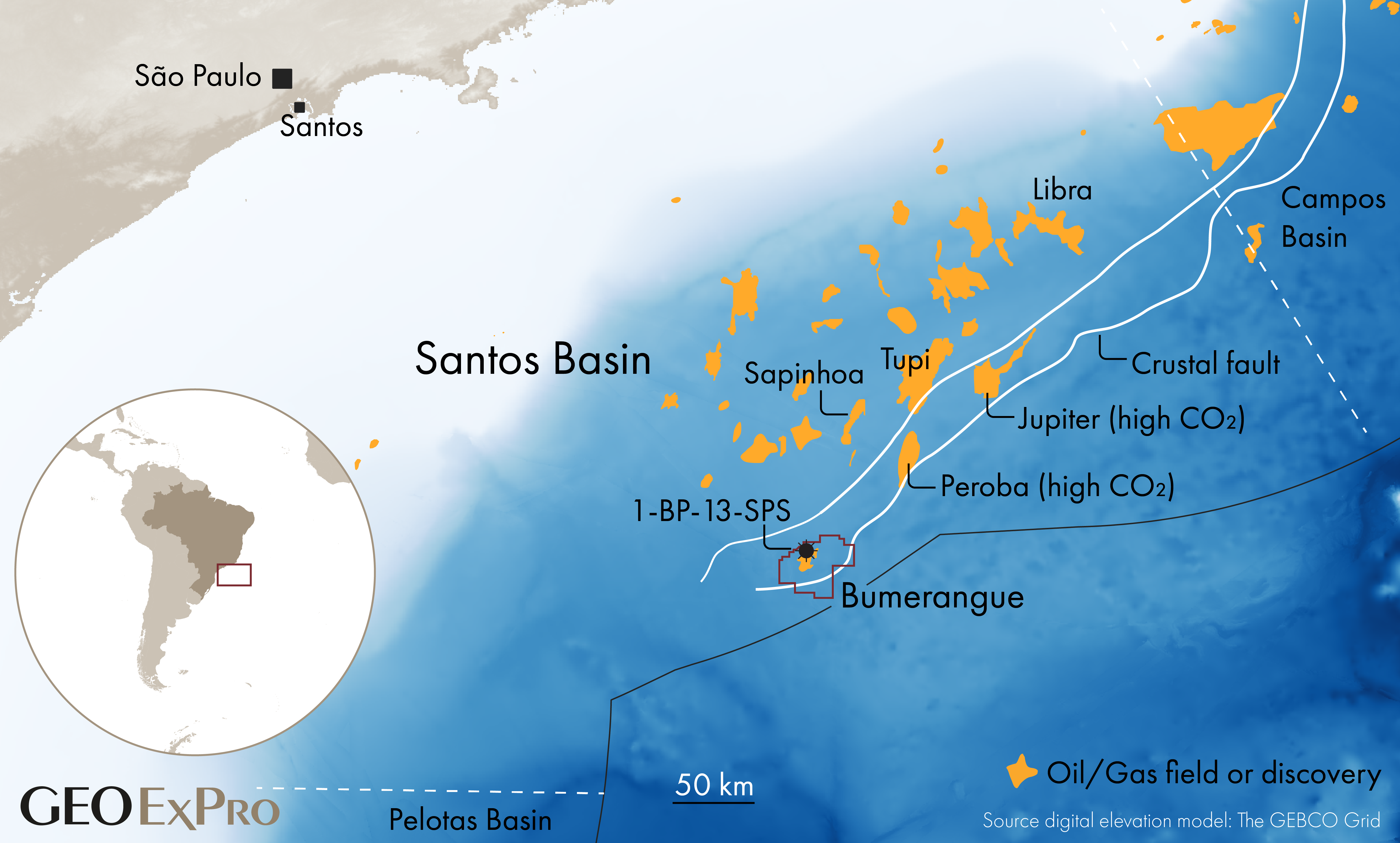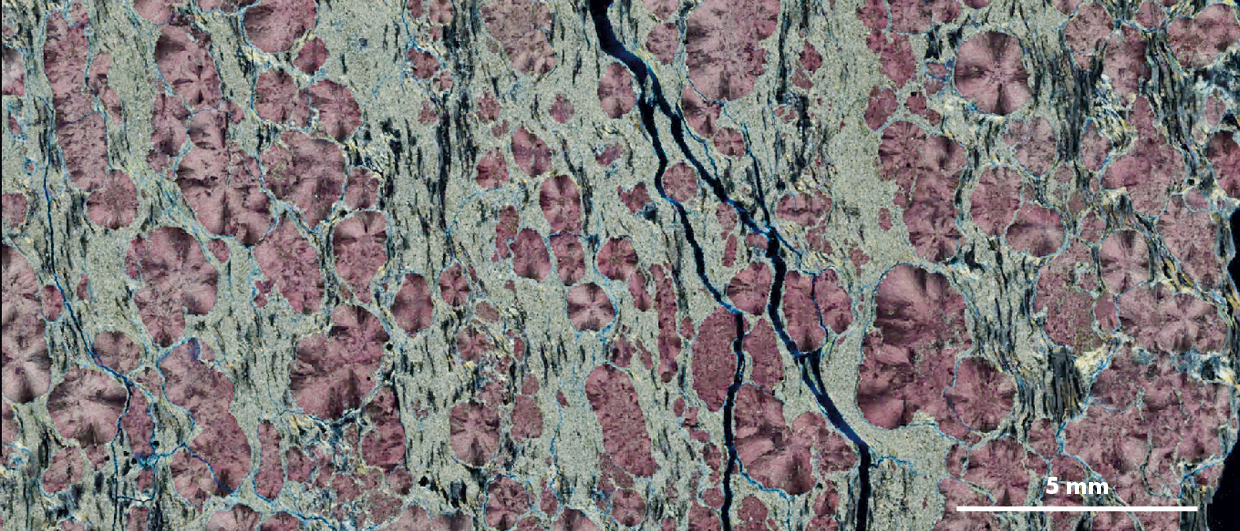This week, bp announced what was hailed as its biggest discovery in 25 years – Bumerangue, located in Brazil’s Santos Basin. The pre-salt discovery certainly looks promising when taking into account that the operator, being the sole owner of the licence, reported a 500m oil column whilst it hit the reservoir 500m below the crest of the structure at the same time. Combined with an areal extent of the discovery of about 300km2, and a reportedly high-quality carbonate reservoir, there are even more ingredients as to why this discovery is looking particularly good.
However, there are some other factors to consider regarding this find.
As somebody with knowledge on the matter told me this week, the licence, when it was up for grabs, did not receive a lot of interest from other majors. And that does not only relate to the potentially high CO2 contents, but also to the potentially compartmentalised nature of the field. This must have been mapped on the available seismic pre-drill, which might be a reason why bp did not have much competition when bidding for the block. Developing a compartmentalised deep-water field will require more wells, having a detrimental effect on CAPEX.

bp did report that elevated but yet undetermined levels of CO2 were found in the well, which is not unexpected given the fact that surrounding discoveries have the same issue. The Libra field has a 40% CO2 content in its associated gas, which still allowed the field to be developed, but Jupiter, which is even closer to Bumerangue, has a prohibitive 80% CO2 in the associated gas. The Peroba discovery also suffers from the same problem. The Brazilian authorities do not allow venting of CO2, so that is not an option.
The big question is, how much CO2 is in the associated gas of Bumerange?
“I would not be surprised at all if there are significant levels of CO2 in the associated gas in Bumerange,” says Natasha Stanton when we meet on Teams. Natasha, who is an assistant professor at the State University of Rio de Janeiro, has been studying the Brazilian margin for many years and is considered an expert in its tectonic history. “The Santos Basin overall is one of the most complex basins I have seen in my career,” she continues, “as it forms a transitional area between a volcanically active part of the South Atlantic rift, the Pelotas Basin, and a less volcanically active part, the Espirito Santo Basin (north of the Campos Basin).”
“Looking within the Santos Basin itself,” Natasha continues, “it is the Bumerangue area that represents one of the most complex areas. This is because it is this area that experienced a change in direction of extension, causing the rotation of crustal blocks of about 90 degrees during the Lower Cretaceous. This resulted in a very fragmented and faulted subsurface. And it is the faults that developed at the time that form the conduits for the CO2 that is mostly derived from mantle sources.”
And look at the major crustal faults that appear on a map published by TGS; the high-CO2 Jupiter and Peroba discoveries as well as Bumerangue are all three situated in between two mapped major crustal faults. That doesn’t look too promising.
However, some people have a different view.
Bill Dickson, in a post on LinkedIn, seems to verge into the opposite direction: “My thinking is that Bumerangue’s CO2 percentage is much less than Jupiter or Peroba, more similar to Sapinhoa at about 20-30%…. Bumerangue is uniquely positioned away from the deep CO2 conduits while surrounded by what looks to be source-rich lows. The block holds multiple prospects within the ring of lows, explaining the need for multiple appraisals.”
We will have to wait a little while before more news emerges from Brazil – and possibly make our way to the IMAGE Conference to hear what Bill has to say about Bumerangue – he announced a talk about the area in his LinkedIn post.
But there is one more thing that is worth mentioning; the timing of the discovery announcement, one day before the publication of BP’s second quarter results. This also leaves some room for the idea that a positive story was needed to round off an apparently very successful string of ten discoveries this year.
Will the enthusiasm last, or will we see Bumerangue boomerang back?




